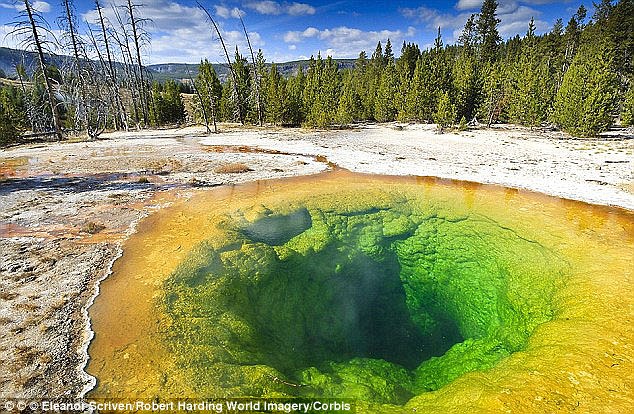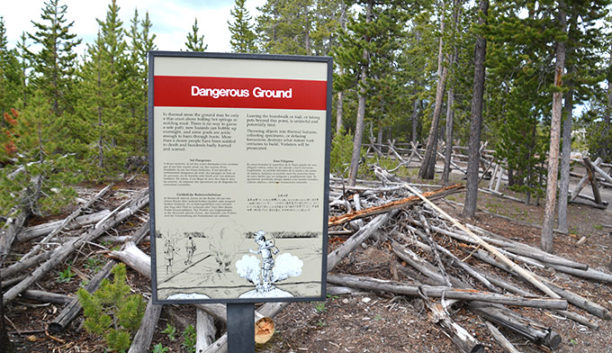For the first time, scientists have started to investigate what lies beneath the Yellowstone Supervolcano in Wyoming. The goal is to finally see what fuels the famous thermal features in the National Park, such as the Old Faithful geyser. The exploration of hydrothermal vents at Yellowstone National Park is just one place where they are being studied. Underwater hydrothermal vents are also of interest to scientists. Their use of sulfur and emissions from the vents to fuel chemosynthesis makes them high interest in the study of many disciplines.
These subterranean maps of Yellowstone will also allow us to better predict if and when a ‘super-eruption’ could occur in the area – something that hasn’t happened in 13,800 years, but when it did, it left behind the largest crater of its kind on the planet. The map below shows the ash beds created during the last eruption and help to predict what may happen in a future explosion from the dormant beast.
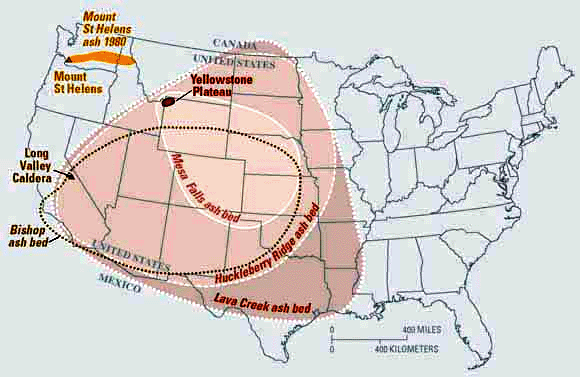
“There’s just a lot we don’t know and this survey is really exciting because it’s going to be the first view of a large portion of the groundwater system, of the water underground that feeds all of these thermal features” one of the team Carol Finn, from the US Geological Survey, told the media.
“This survey can visualize the geology and the water down to about 500 meters, so 1500 feet.”
You might imagine the Yellowstone Supervolcano as like a supersized volcano, rising up out of the ground. In reality- there is no traditional cone shaped mammoth on the horizon. It is simply an entire volcanically active area of the country.
The top of the volcano is covered in fumeroles and depressions called caldera, and they form when a volcano spews so much magma during an eruption, its now-empty chamber causes the whole thing to collapse like a massive sinkhole, leaving behind a massive crater.
But it’s not like these craters have stopped exploding – the entire Yellowstone Supervolcano is like a vast volcanic field, covering an area of roughly 55 by 72 km (34 by 45 miles). Lava eruptions and swelling steam are known to plague the park and earthquakes are common. In the summer of 2015, entire sections of road melted in Yellowstone.
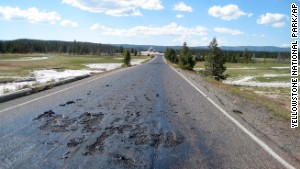
Although the volcano is active — evidenced by the thermal features and 1,000 to 3,000 earthquakes annually — park officials don’t expect a catastrophic eruption anytime in the next 1,000 or even 10,000 years.
A smaller steam explosion around 13,800 years ago left behind a 5-km-diameter (3.1-mile) crater on the edge of Yellowstone Lake, which is thought to be the largest of its kind in the world.
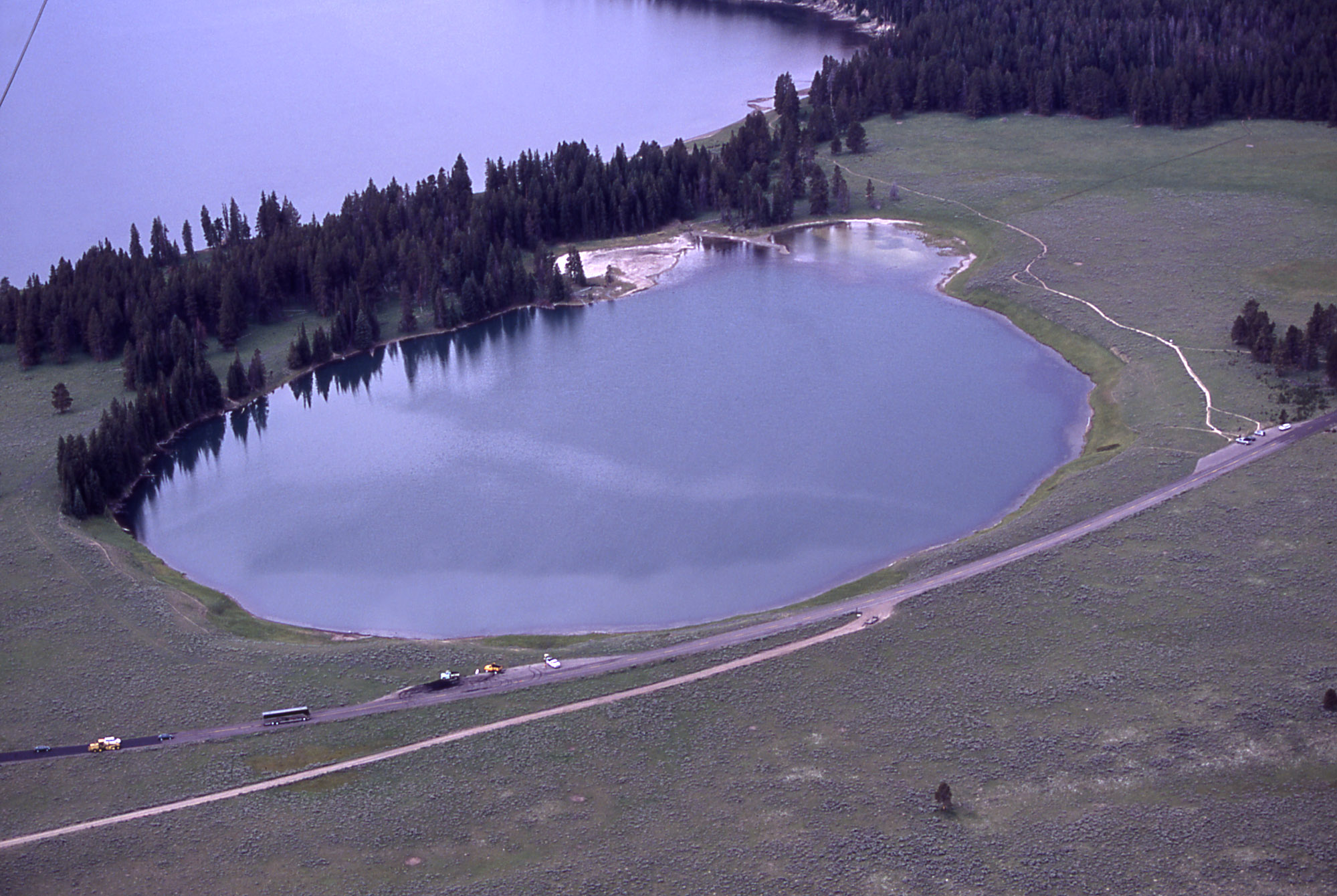
According to the Yellowstone National Park, 20 visitors have died due to minor explosions from the geothermal vents and hot spring – the most recent in 2000, when a tourist was scalded by boiling waters as hot as 121 degrees Celsius (250 degrees Fahrenheit).
The new mapping project, which got underway on November 7, is starting with a helicopter electromagnetic and magnetic survey, which can sense even the tiniest voltages sparking underground.
The helicopter is fitted with a giant, hoop-shaped electromagnetic system, which it suspends over the Yellowstone grounds by flying around 60 meters (200 feet) above the surface.
Not only can this equipment detect subterranean electrical activity from above the surface, it also acts like a giant X-ray machine, detecting the shapes and behavior of things like geysers, hot springs, mud pots, steam vents, and hydrothermal explosion craters to depths of up to 500 metres (1,500 feet). It will also be able to detect where and how hot water flows beneath the surface.
It’s expected to take four weeks, and it will inform future ground-based surveys around the volcanic hotspot. Check back for more information once we see what they find! Stay tuned!



